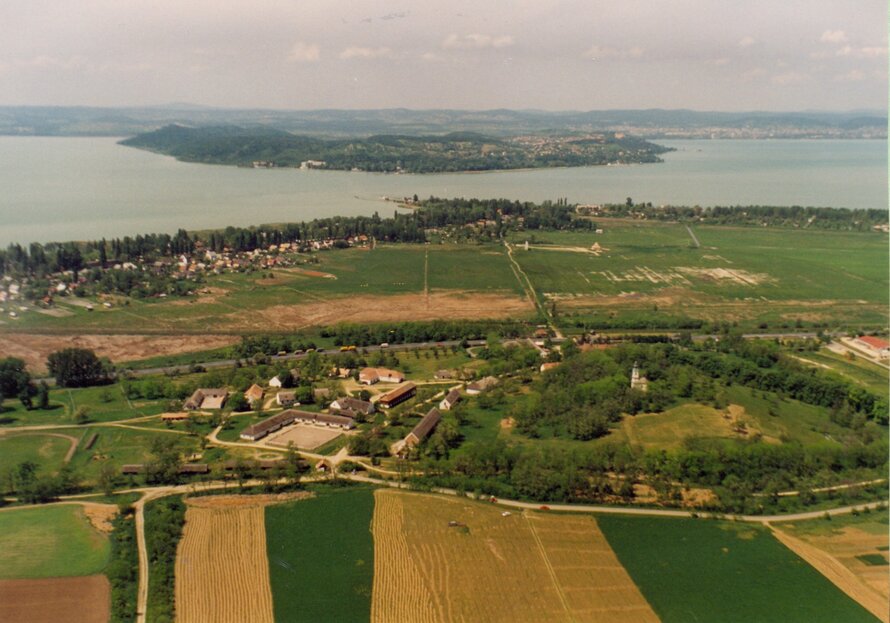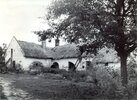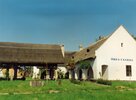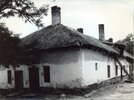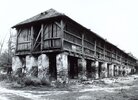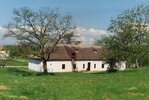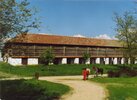Szántódpuszta Center for Tourism and Culture
Preservation and restoration of vernacular architecture of an important Hungarian estate of the 18th and 19th century, and its suitable use for tourist purposes. Although a stud farm in Szantod, possessing 15 stallions and 1000 mares, was already mentioned in 1055, the roughly ...
Read more
Project details
| Title: | Szántódpuszta Center for Tourism and Culture |
|---|---|
| Entr. year: | 1994 |
| Result: | Diploma |
| Country: | Hungary |
| Town: | Szántódpuszta |
| Category type: | architectural heritage |
| Building type/ Project type: | Agricultural building/structure |
| Former use: | Farm estate |
| Actual use: | Tourist centre, cultural centre, living museum |
| Built: | 18th-19th century |
| Architect / Proj.leader: | Agosthazi Laszlo, Vati, Somogytery, Agrober |
| The Jury's citation: | "For the preservation and restoration of vernacular architecture of an important Hungarian estate of the r8th and rgth centuries, and its suitable use for tourist purposes" |
| GPS: | 46°51'49.5"N 17°54'46.5"E |
| Web, Links: | welovebalaton.hu/sights.culture/cinemas.theatres/szantodpuszta.tourist.and.cultural.center |
Description:
Preservation and restoration of vernacular architecture of an important Hungarian estate of the 18th and 19th century, and its suitable use for tourist purposes. Although a stud farm in Szantod, possessing 15 stallions and 1000 mares, was already mentioned in 1055, the roughly thirty buildings and various other structures that make up the historical ensemble of Szantodpuszta nowadays are dating from the 18th and 19th century. Since 1802 the territory of Szantodpuszta belonged to the abbacy of Tihany. Thanks to the activities of Bela Brestyanszky, who was then the abbot, the settlement became rapidly a flourishing agricultural centre and a famous stud farm. In 1945 the territory was divided into lots, owned by local farmer. In 1975 the Tourist Board of Somogy County Council bought Szantodpuszta to save the unique complex of ancient buildings from decay. Their aim was to restore it and to adapt it into a centre for culture and tourism. The servants home, the farm managers home, the home of the gardener, the granary and the dwellings of the workers were converted into a tourist office, a restaurant, exhibition rooms and guest accommodation. The stables were restored and now used for riding horses and Hungarian-bred sheep and longhorn cattle. With the chapel, the oven and smoking unit for bread and smoked meat, the blacksmith's shop and the permanent displays on the history of the region, of agriculture and crafts and on the vegetable and animaI life of the Balaton district, Szantodpuszta is now a very interesting sight as an open air museum in a weIl preserved important estate.
Similar projects
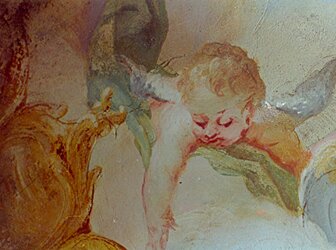
18th century
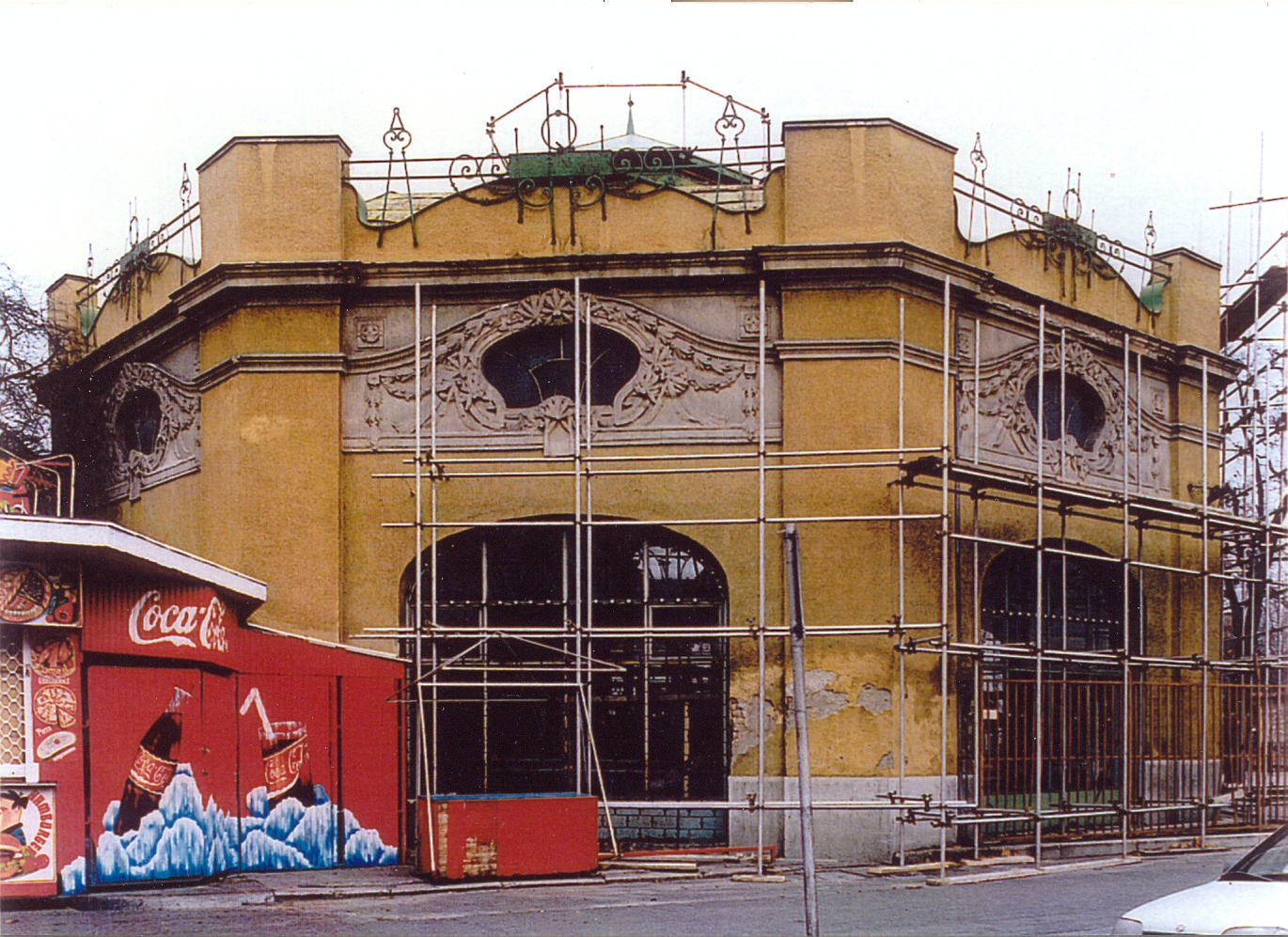
20th century
1940
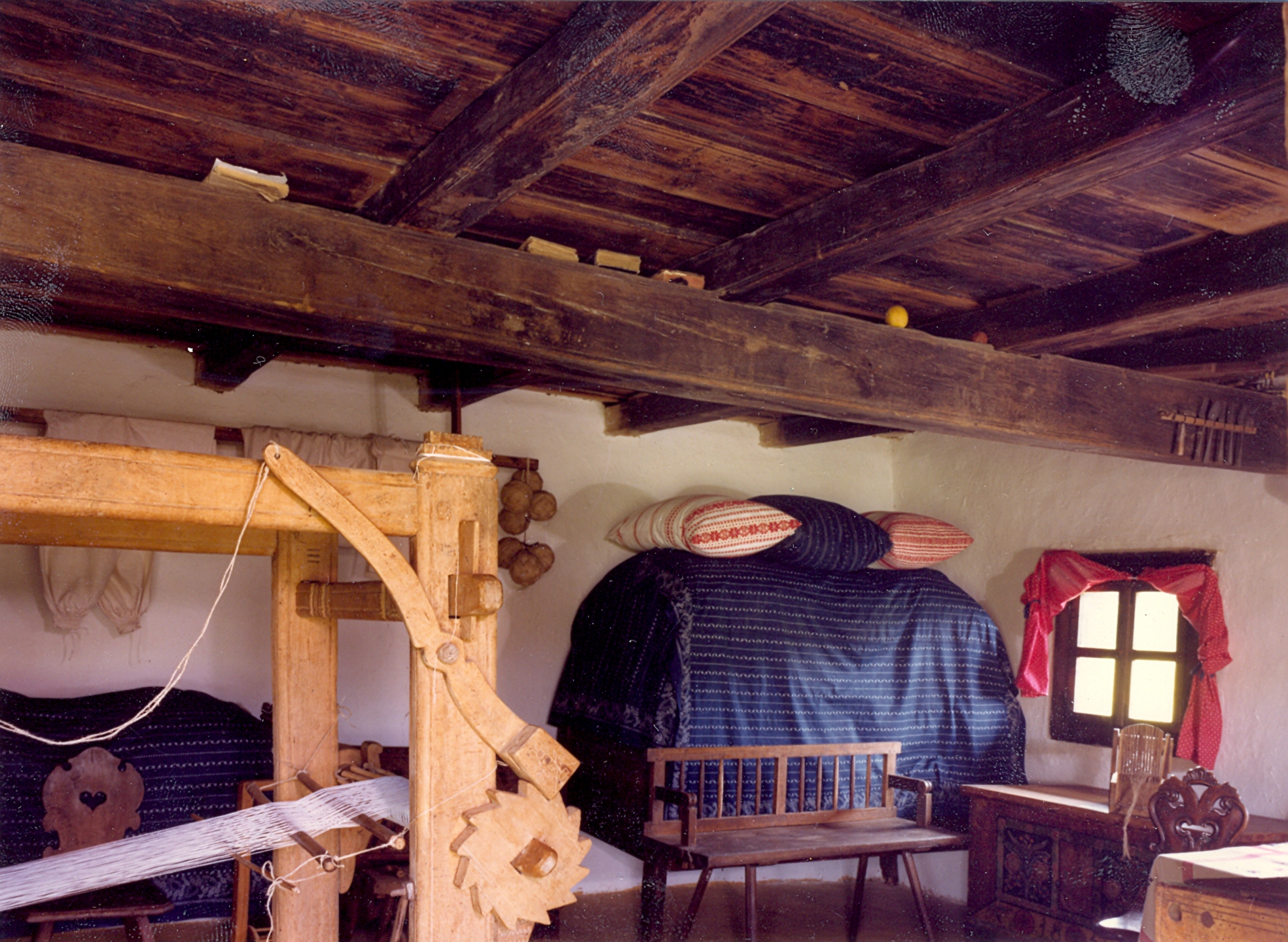
18th century
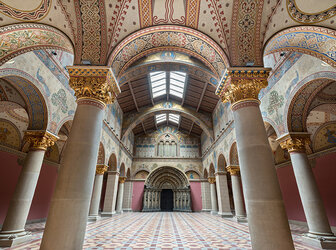
1900 - 1906

19th century
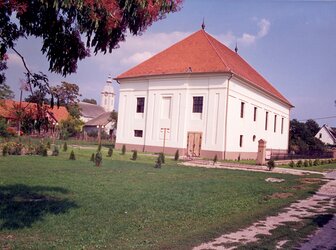
19th century
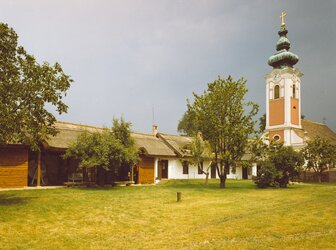
17th-18th century
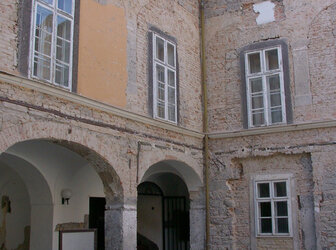
18th and 19th century
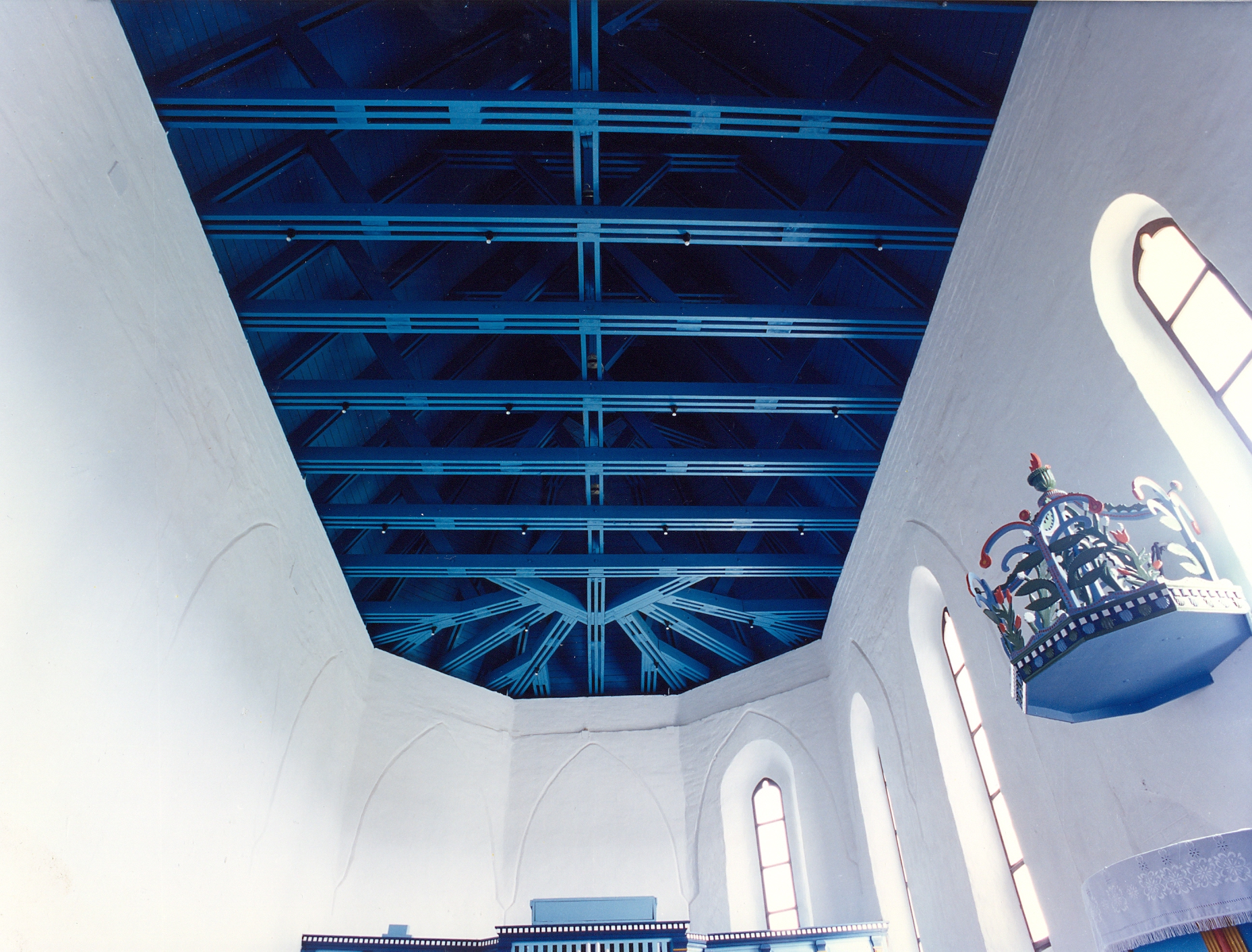
15th century
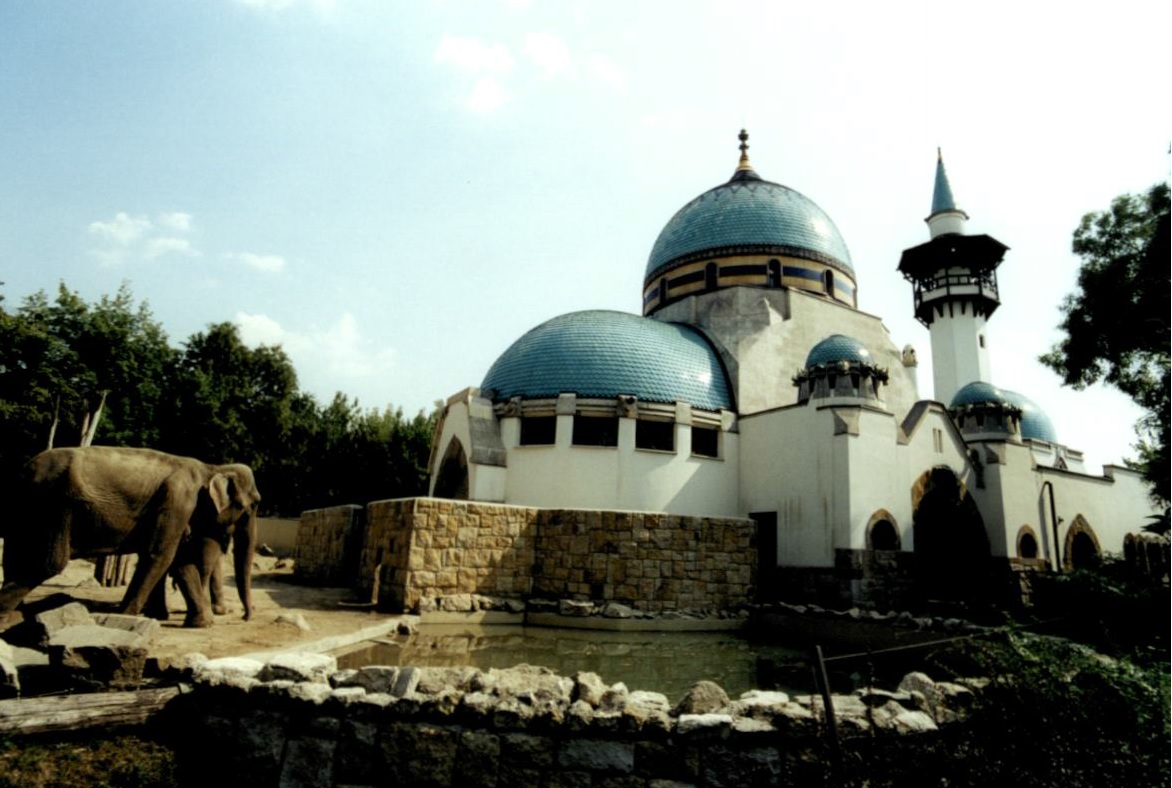
1909-1912
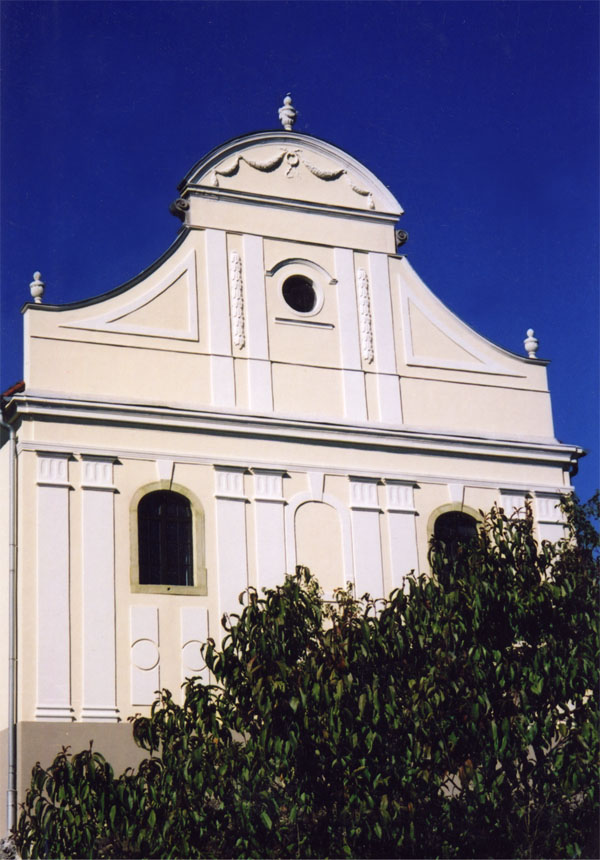
18th century
